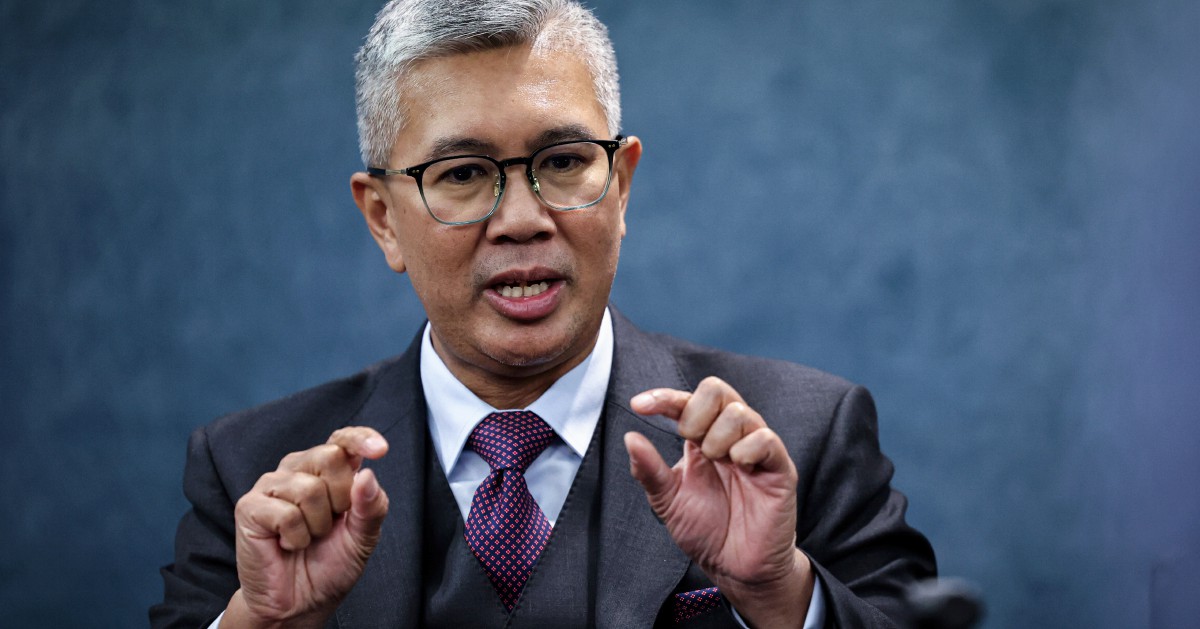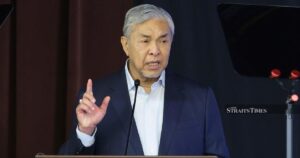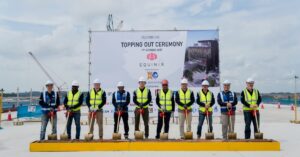KUALA LUMPUR: Malaysia’s industrial future will be shaped not by isolated successes but by how effectively the country connects its strengths across sectors and states, said Investment, Trade and Industry Minister Tengku Datuk Seri Zafrul Abdul Aziz.
He said the central region, comprising Selangor, Negri Sembilan, Melaka and the Federal Territories of Kuala Lumpur and Putrajaya, plays a pivotal role in driving that vision.
The region, he added, must operate as a seamless production ecosystem where components, ideas and talent move efficiently, suppliers grow alongside their customers, and policies empower firms to take smarter risks.
To realise this, Tengku Zafrul said the Central Region Industrial Cluster Development Initiative marks a key step in strengthening the industrial ecosystem. The initiative aims to deepen supply chains and support local enterprises as they grow.
“We at the central region already have strong networks of suppliers, logistics providers, test labs, higher-learning institutions and innovation partners.
“Our job is to connect these assets, close key gaps, and focus public support on clear outcomes, such as more qualified vendors, faster investment, wider technology adoption and better alignment between talent and industry,” he said.
Tengku Zafrul said this in his keynote address at the Flagship Investment Seminar on the Industrial Cluster Development Initiative in the Central Region, themed “Central Region – Innovating Industries, Connecting Markets” held here today.
He said a competitive cluster is built on a connected ecosystem that brings together anchor firms, tier-one and tier-two suppliers, tooling, testing, logistics, training and research and development within a concentrated area.
By mapping these elements, the government can identify gaps in supply chains, talent development, infrastructure and innovation capacity, and take targeted steps to address them.
The initiative will begin with sectors where Malaysia already has strong capabilities and where the central region can scale rapidly.
These include electrical and electronics, pharmaceuticals and medical products, and food manufacturing with a focus on the halal economy.
Tengku Zafrul said electrical and electronics form the backbone of Malaysia’s industry, while the pandemic demonstrated that health security is closely linked to economic security.
He added that modern technology and higher standards can elevate food manufacturing by enabling branding and innovation, with the central region well positioned to lead in halal and export-ready products.
Tengku Zafrul also cited the Kuala Lumpur International Airport (KLIA), Subang and the Serendah corridor as examples of how clustering delivers economic advantages.
KLIA focuses on maintenance, repair and overhaul activities, Subang specialises in aerospace manufacturing and training, while Serendah provides precision parts.
Locating these activities within 50 kilometres, he said, allows parts to move quickly, fosters talent development and encourages the rapid exchange of ideas, all of which reduce lead times, lower risks and strengthen productivity.
He added that shared capabilities such as precision engineering, automation, metrology and materials science in the aerospace sector will enhance productivity across all three priority clusters.
These efforts align with the New Industrial Master Plan 2030, the Green Investment Strategy and the National Semiconductor Strategy.
Tengku Zafrul said this coordinated approach allows multiple benefits to be realised in one location, with government agencies working collaboratively.
Meanwhile, the Malaysian Investment Development Authority, together with the Department of Federal Territories and the three state governments, has launched the Central Region Programme.
The two-day programme, which marks a more integrated approach to industrial development, comes at a crucial time as global supply chains are being reshaped.
The central region, with established strengths in financial and global services, electrical and electronics, aerospace, pharmaceuticals and food manufacturing, is well placed to capture a larger share of high-value production.
The initiative is expected to contribute RM24.5 billion to annual gross domestic product, attract RM12.5 billion in approved investments each year, and create 5,000 high-value jobs over five years.
More than 800 industry leaders, policymakers, business communities and investors gathered at the Royale Chulan Kuala Lumpur to discuss strengthening supply chains and helping local enterprises grow alongside multinational partners.
© New Straits Times Press (M) Bhd






